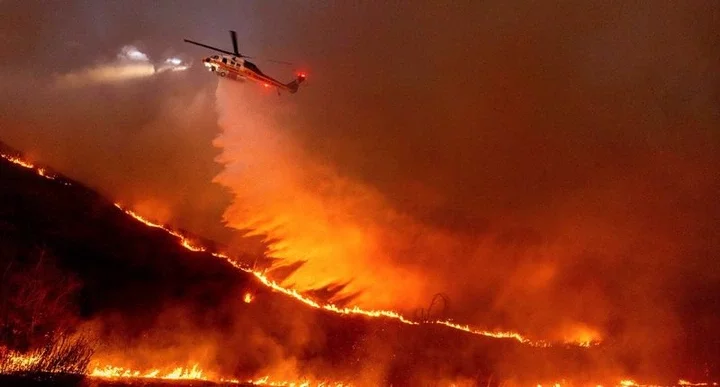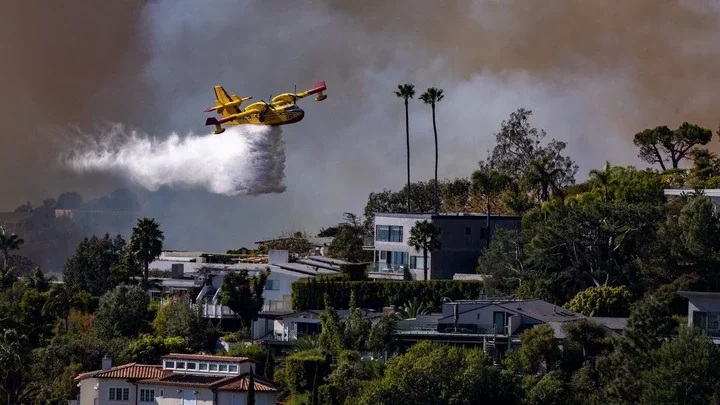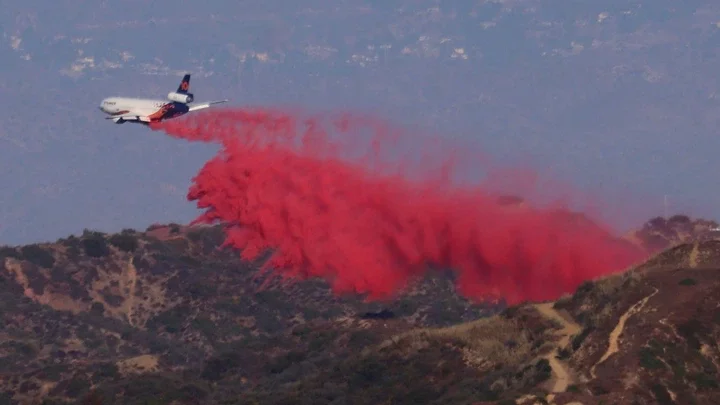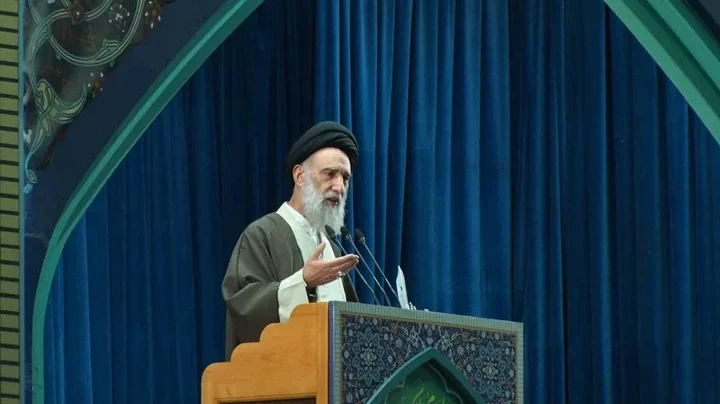
Firefighters in California are battling the historic fires from the sky using a variety of effective and specialized aircraft that dump water and fire retardant over Los Angeles.
The state's fleet includes tactical planes, air tankers and helicopters. All have specific roles and capabilities but work together as a unit to combat the fires that have been raging since Tuesday and have claimed 10 lives and torched tens of thousands of acres.
According to Cal Fire's website, the fleet's more than 60 planes and helicopters make it the largest department-owned fleet of aerial firefighting equipment in the world. Its fleet operates from 14 airfields and 11 helicopter bases across the state that can reach most fires within about 20 minutes.

The pilots who man these aircraft are known as aerial firefighting pilots, or waterbombers.
Mixon says pilots are from different backgrounds, but many previously served in the military.
They typically have to undergo specific training on their respective type of aircraft to handle their unique capabilities and systems. Most aerial firefighting pilots already have years of experience flying before they ever take to the skies in a firefighting aircraft.
According to Hillsboro Aero Academy, an Oregon-based flight school, becoming a helicopter pilot involves accumulating between 1,500 and 4,000 hours of helicopter flight time as a pilot in command (PIC), a pilot responsible for the safety and operation of an aircraft.
The flight hours equip aspiring pilots with vital knowledge about aircraft systems, mission training and fire behavior, and candidates need to prove they can operate firefighting helicopters in challenging conditions such as mountainous terrain. They also need technical skills to work closely with ground crews and other aircraft during missions and knowledge of how fires spread and how to contain them using aircraft.

The hours are similar for prospective fixed-wing aircraft pilots.
"The crews are all extremely highly trained specifically for the specialized mission," Mixson said. "This isn't a secondary mission for the Cal Fire folks or any of the DOD or Forest Service firefighting folks. Just like the U.S. Coast Guard, they are very, very specialized in what they do.
"It is very hazardous, very challenging, but they're also very, very highly trained, uniquely to the specific task."
One of the most apparent dangers is the low altitude above hilly terrain in high wind conditions, which is what they're battling now, Mixson said.
Mixson pointed out that, through the smoke, these crews must also avoid other aircraft, terrain and everyday hazards such as radio towers.
The strong Santa Ana winds prevented firefighting aircraft from being deployed earlier this week due to safety risks.
Meanwhile, a drone smashed into one of the Canadian Super Scoopers, too. The impact left a fist-sized hole in the water, dropping the aircraft's wing. No injuries have been reported. Cal Fire said it expects the plane to be back in the air by Monday.
















Comments